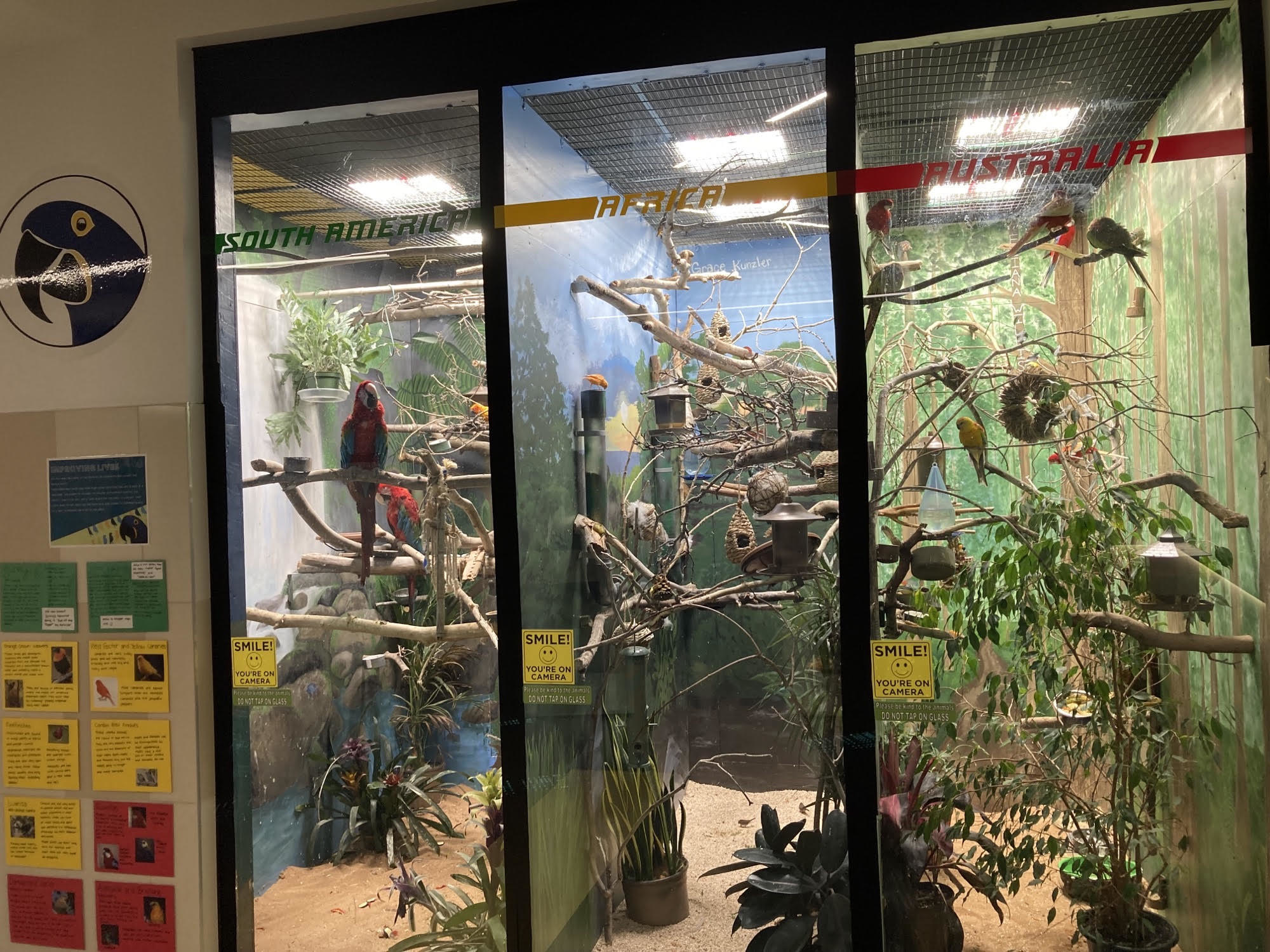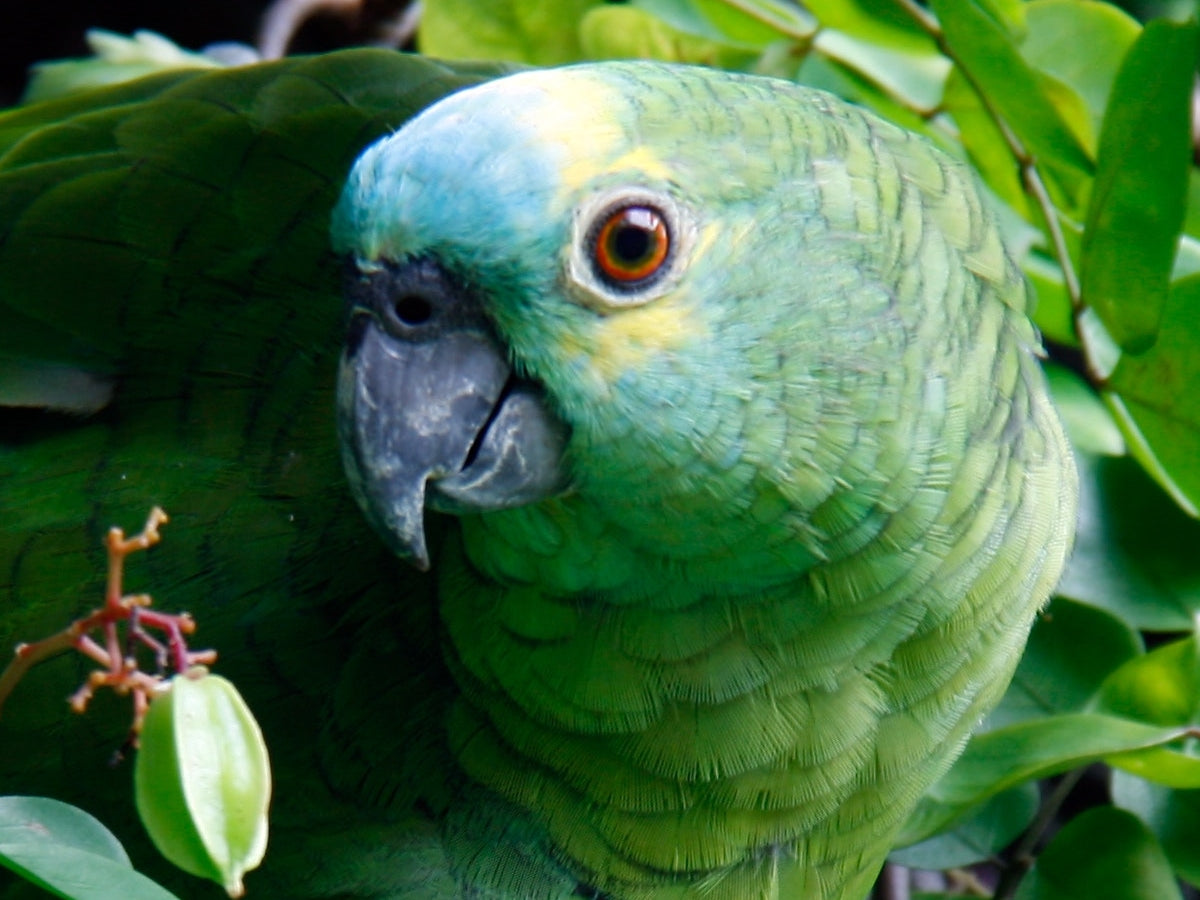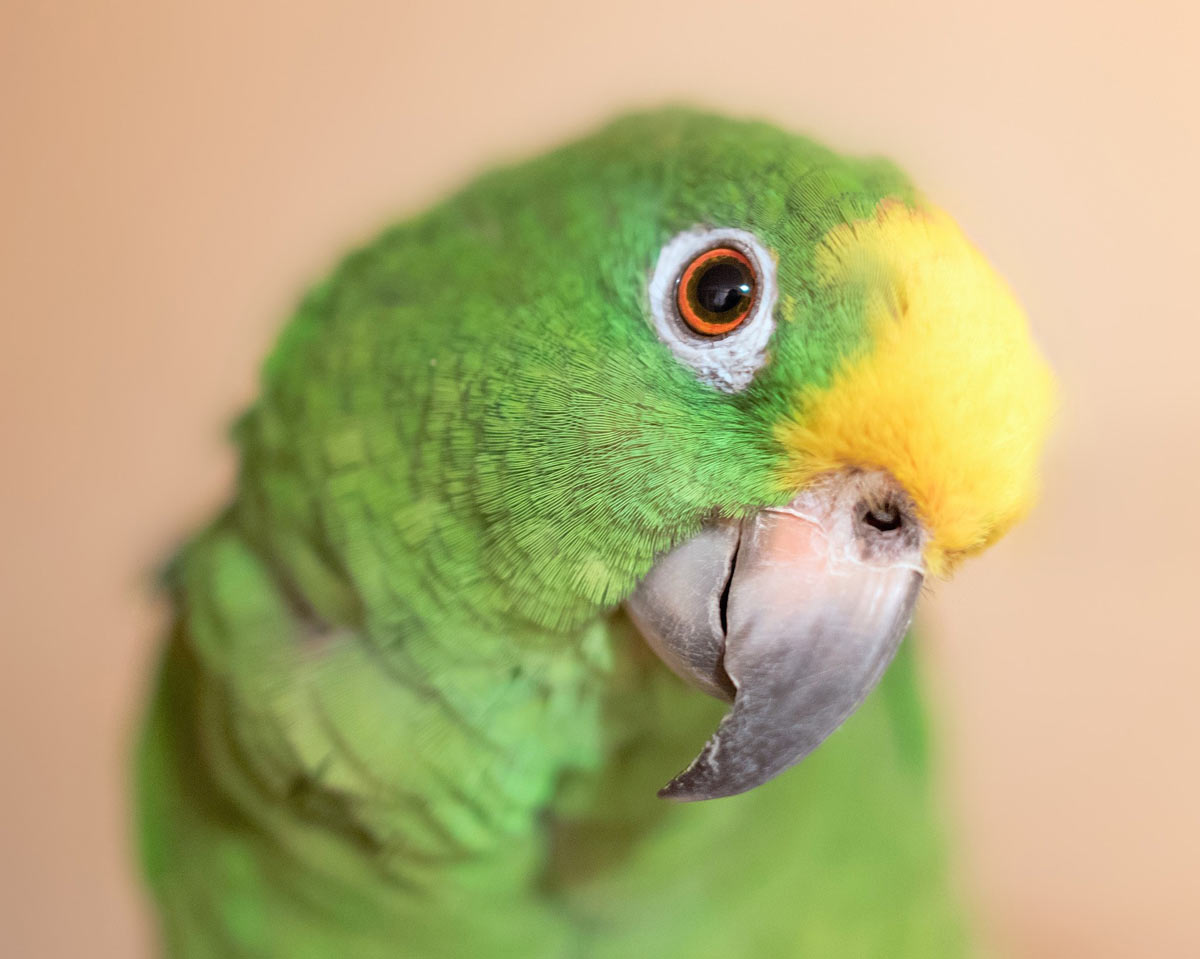Sharing your life with parrots will make you a better person if you let it. You will learn tolerance, to read non verbal communication. That relationships are a continous LIVING thing, taking committed time together, shared experiences, positive affirmation, proving your trustworthiness every single day, Sharing, negotiating, compromise. Working through squabbles and then letting it go.
Parrots are highly social and dependant on each other and the flock society. And like humans their social structure is
complex , individuals forming their own friendships and alliances, choosing their own mate based on their criteria.
So a big portion of their brains and life is dedicated to relationships.
A big part of that is communication! Studies show they name their babies, have regional dialect, accents.
So they are vocal , they contact call, they alarm call, calls for letting others know the found food/resources ...and much more.
But they also need to be able to communicate without calling the attention of predators. Or in the midst of a loudly shouting foraging/roosting flock .
So they have highly evolved non verbal communications. Unlike any other species on earth, due to their intelligence, complex social structure, and prey status. Yes all creatures communicate nonverbal, but not to the extent/artform that parrots do.
Some of these communications are with feathers, how tight of fluffed they are from their body, flatting some or raising some, and ruffle others especially, especially nape or crest feathers, or around the beak. Also with tail feathers, flared, wagging, position raised, lowered, relaxed. Wings too. Changing the reflectivity, flashing colored feathers, changing the ultraviolet level during breeding possibilities of other as well. They can also adjust the sound their feathers make in flight. Doing stealth flying, or loud feather/flight sounds. To sneak in to steal something, avoid detection. Or to loudly announce they are coming in for a landing. Or to to be intimidating. Or loudly exploding in flight for alert alarm, confusing the predators
Eyes, many are probably familiar with eye pinning and they can control pupil size, looking with one or both.
Body movement /postion. Crouch, leaning, bobbing, stylized strut. Bouncing, jumping perch to perch.
snake neck or neck weaving, giraffe neck telescoping neck, or drawing it in a lot like a turtle, wing shrugs, wing cupping, wing twitches/tics, alternating wing rubs ( settling, relaxing, contentment), wing droop, varying tightness of wings to body, wing flapping/ drumming . Head height, head position, head tilted, head movements ( rapid head twitching in a gcc excitement or anger). Preening.
Beak positione, level of beak openess, tongue postion, tongue movements, letting tongue hang out a little( in gcc happy bliss), grinding , clacking, rubbing. Beak tip touching ( explore , taste) , beak clasping, beak grabs, beak sparing, beak banging, beak stabilization, yawning, beak bite intensity, beak pushing away ( hands, object) beak holding, and bites, scrape. Preening.
Feet, toe Tapp, lifting, reaching, shuffeling touching, grip intensity, drumming with object( black palm cockatoo for one),
Flashing/ flushing skin patches.
And so much more!
Make the effort to learn this. Practice. Observe. Video interactions and play back to see what you missed in real time. Watch YouTube or video of parrots. Some of us are naturals at this, and some of us are going to have to practice, all of us need to make the efforts.
Because miscommunication is a big problem between people and parrots. And they will turn more to biting if that's all we are understanding. And reading them helps with training, behavior modifications. Introducing people or other parrots.
So I will link some articles
Why is it so important to be able to read your parrot’s body language? Because a finely honed ability to read body language is necessary to a relationship that works. Body language is the only way …

blogpamelaclarkonline.com
Pet bird and parrot behavior information.

lafeber.com





 birdvetmelbourne.com
birdvetmelbourne.com







 blogpamelaclarkonline.com
blogpamelaclarkonline.com



